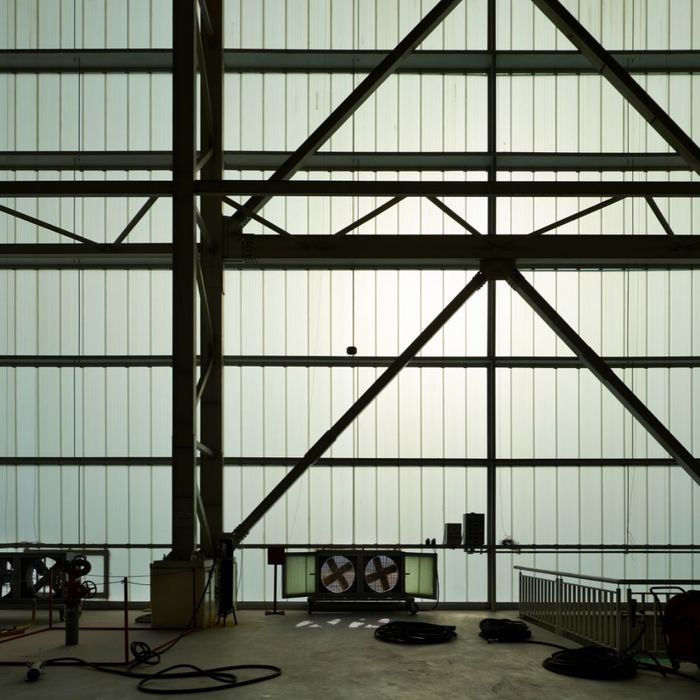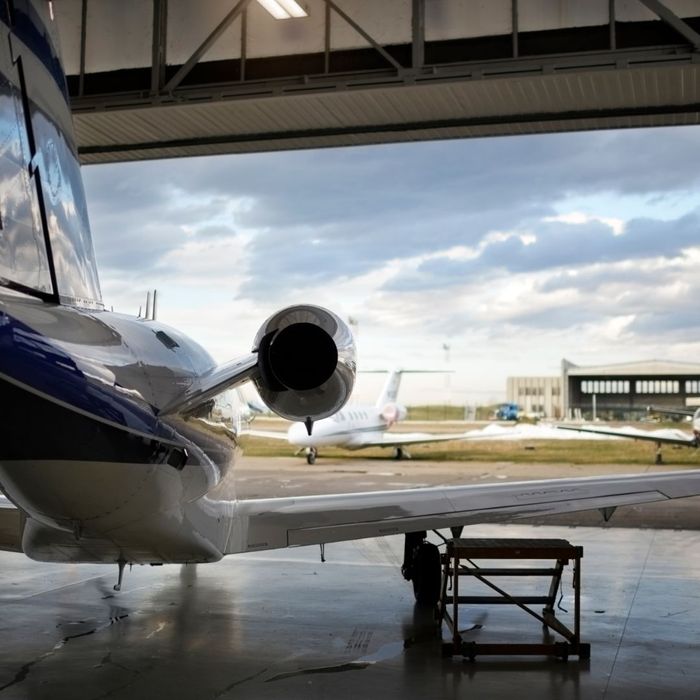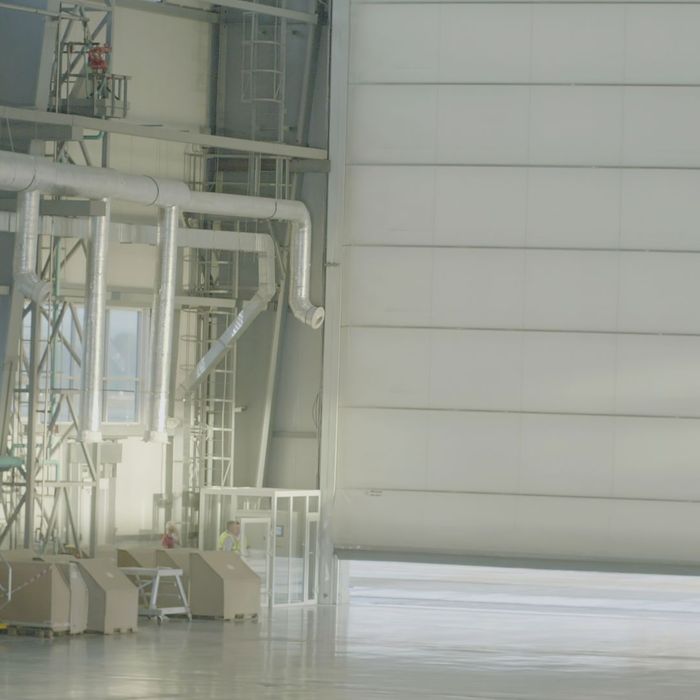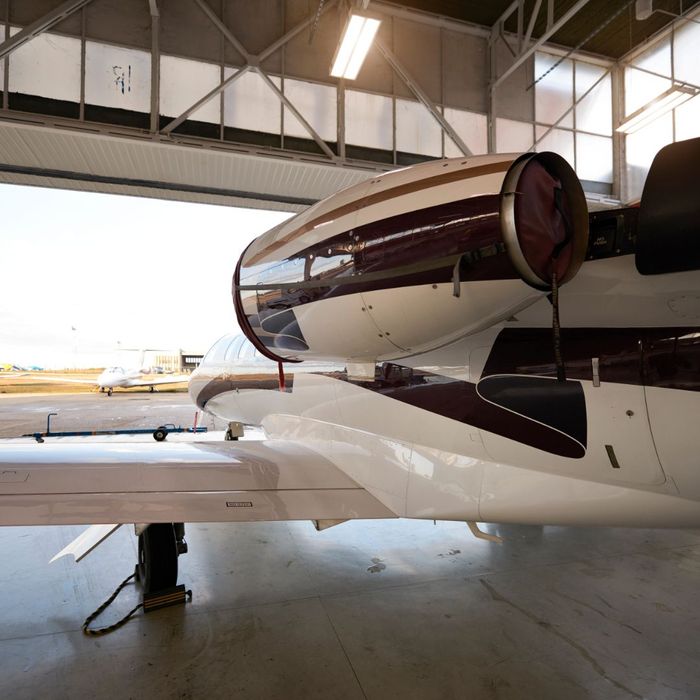Building aircraft hangars in Colorado presents unique design challenges for aviation architects. The state's diverse climate, altitude, and specific requirements for aircraft storage demand careful planning and innovative solutions. In this blog from Carol Vaughan Designs & Architecture, we will explore four key design considerations that aviation architects must address when creating functional and efficient aircraft hangar designs. If you’re in need of aviation architecture services, these insights will help you navigate the complexities associated with building aircraft hangars.
The Design Challenges of Building Aircraft Hangars in Colorado

Weather Conditions and Durability
Colorado experiences a variety of weather conditions, including heavy snowfall, high winds, and extreme temperature fluctuations. Designing hangars that can withstand these elements while providing adequate protection for aircraft is crucial. Incorporating durable materials, efficient insulation, and robust structural systems is essential in ensuring the hangar's longevity and the safety of the aircraft within.

Adequate Space and Clearance
Aircraft hangars require sufficient space for the storage and maintenance of aircraft. Aviation architects must carefully consider the size, type, and quantity of aircraft that the hangar will accommodate. Additionally, clearance requirements for wingspans, tail heights, and vertical space must be meticulously assessed to avoid any potential damage to aircraft during maneuvering, parking, and maintenance operations.

Functional Layout and Accessibility
Efficient workflow and ease of movement are critical in the design of aircraft hangars. The layout should optimize functionality and provide convenient access for personnel, equipment, and vehicles. Aspects such as designated areas for maintenance, storage, offices, and restrooms need to be carefully planned to promote productivity and ensure safety.

Compliance with Regulations and Standards
Aviation architects must remain updated with the latest regulations and standards set forth by aviation authorities and organizations. Compliance with building codes, fire safety regulations, airport-specific requirements, and environmental considerations are prerequisites for a successful aircraft hangar design. Meeting these compliance standards ensures the hangar's safety, legality, and adherence to industry best practices.
Designing aircraft hangars in Colorado poses unique challenges for aviation architects. Whether you're seeking an aviation architect in Colorado or our aviation architecture services, these considerations will guide you in creating aircraft hangars that are both efficient and safe. Contact Carol Vaughan Designs & Architecture, your trusted aviation architect in Colorado, and let us help you get started on your project today.
